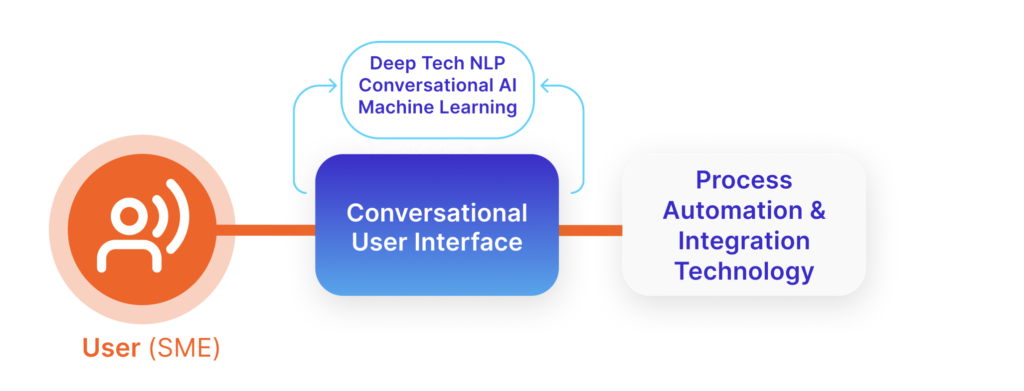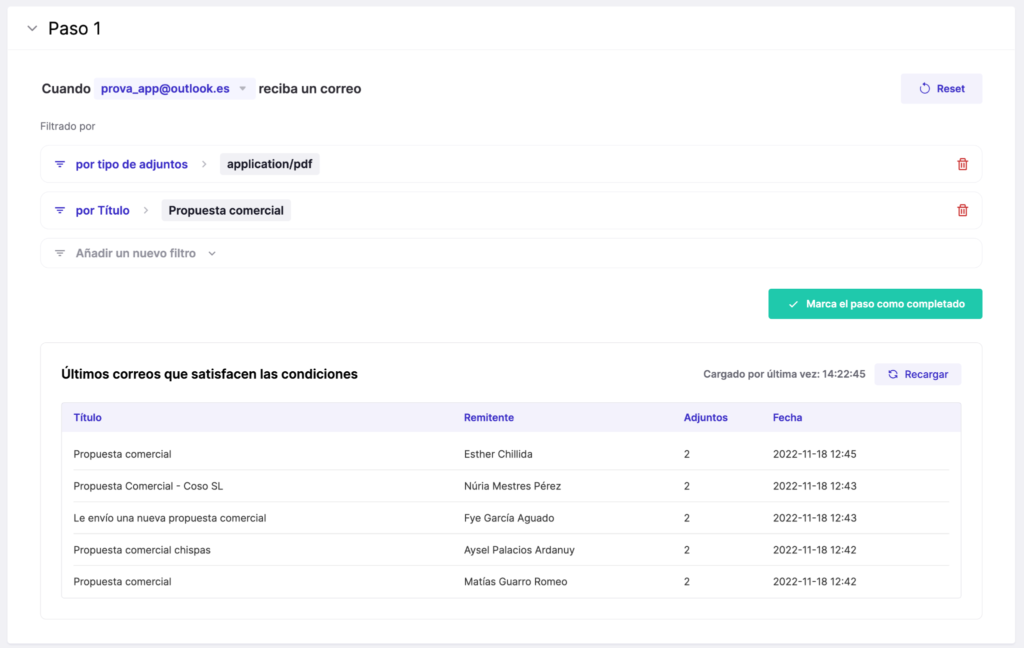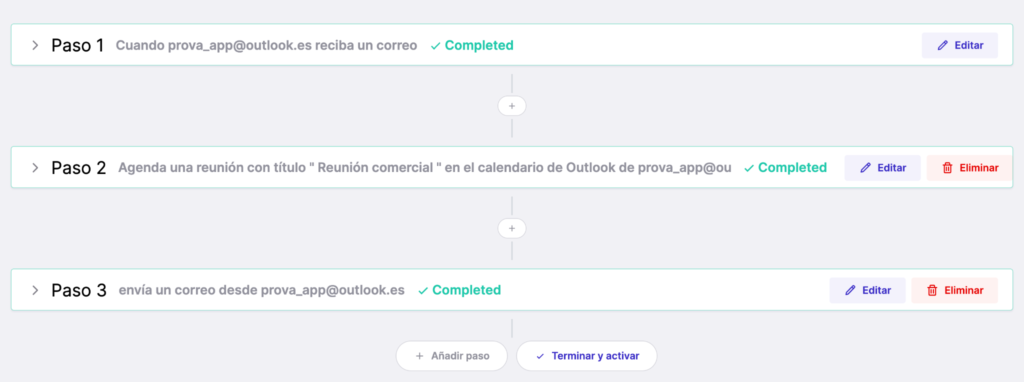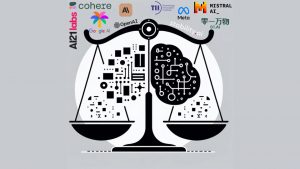Companies tend to have a hierarchical structure, where the executives (the C-level: CEOs, CTOs, etc.) are largely responsible (for better or worse) for the performance of the organization. It should be noted that, although there has been a great tendency in organisations to eliminate levels of hierarchy (for example, through Lean management), many organisations still operate in an extremely hierarchical way, perhaps because it is the only way that allows us humans to understand their structure from the inside and from the outside, and to divide and settle responsibilities in a reasonable and scalable way.
The day-to-day work of a C-level executive is very complex. Their activity is multidisciplinary, which requires a wide range of skills. In many cases, some of these skills can only be acquired through years of training. Despite their high level of preparation, organisations provide executives, regardless of their place in the organisation’s hierarchy, with a team that assists them in implementing the objectives they have been given. Look at the winning combination, in principle, of these “islands of productivity” within the overall hierarchy: a highly skilled person at the head of a multidisciplinary and skilled team, with people who, recursively, when the task at hand is complex, have a team to assist them… What can go wrong?
The truth is that often, and more often than they would like to admit, these highly skilled teams fail to achieve the goals set by the organisation. In this article we will look at how the digitization of processes helps people in organisations to spend more time on achieving their goals, the great challenge that digitisation represents for small and medium-sized enterprises, and how technology can alleviate this challenge.
Small and medium-sized enterprises
Let’s leave the context of large organisations for a moment, and now look at the same situation for Small and Medium-sized Enterprises (SMEs): in general, these companies may have between 1 and 250 employees, but in reality most are closer to the lower end of the range. In Europe, 93% of companies are SMEs with less than 10 employees.
It is clear that the hierarchy in this type of company is much flatter, and therefore islands of productivity do not really exist: objectives are usually set in very small teams; almost always, a single person is responsible for a series of objectives. On the other hand, while in the context of large organisations, as we have already seen, professionals are highly educated and skilled, this is not the case for SMEs: a recent study shows that most SMEs operate with staff who have few skills, most notably a lack of technological skills.
Software interoperability in organizations.
The heterogeneity of software in organizations does not make it easy either. Often, the professional (whether in a large organisation or an SME) is operating in a very complex software ecosystem that is not at all interoperable, with software solutions for specific processes (for example, customer relationship management CRMs) that seek to lock in the customer as a user, by means of vendor lock-in techniques. These techniques very often prevent the information generated from being transferred/shared with other software, so that it can also be incorporated into the processes that the latter represents. This in turn results in people manually bridging the gap between different software solutions. One example: the poor interoperability of the calendar with email means that people spend hours of their working day arranging meetings based on requests received by email. These manual and repetitive tasks lead to problems in several dimensions: reduced productivity, increased risks and errors, low-level repetitive tasks with little impact on the business, among many others. Many other examples exist, which are a real burden on the day-to-day work of professionals, whether they lead teams of hundreds of people, or teams of three.
Large organisations can mitigate the productivity problem by incorporating resources: IT departments dedicated to providing services in-house, or outsourcing to large technology consultancies that provide tailor-made solutions. Often, the people who carry out this digitization of manual processes do not start from scratch, but base their services on integration and automation technology already available on the market. For example, BPM (Business Process Management) suites can help automate entire processes within the organization, especially if they involve people who have to validate specific process steps. On the other hand, when you want to connect different software via APIs (Application Programming Interface), it is better to use integration technologies such as Zapier or IFTTT. Any of these technologies requires a very high level of technical knowledge, but it is within the reach of those responsible for digital transformation in the organization.
Barriers to process automation in SMEs
However, the case of SMEs is extreme, combining adverse situations in three dimensions:
- Few people to do the job
- People generally with low technological skills
- Few financial resources to solve the problem
All this represents a major barrier to integrating and automating processes as large organisations can do, by allocating resources for this purpose. The current situation in Europe, where less than half of SMEs only reach a basic level of digitization, from which process automation and integration is totally excluded, is therefore no surprise. In other words: the above mentioned examples of technology that allows applications from different sources to “talk” and interact with each other (BPM suites or integration technologies), which are common in large organisations.
Technology to the rescue of SMEs
The solution lies in empowering people. As simple and as complicated as that. By increasing their capabilities, it is possible to reach the same destination (in our case, the digitization of manual and repetitive processes) regardless of the starting point, i.e. their technological skills. The ideal situation would be that the technology does the complicated part, and that the people who have to use this technology only have to communicate what they want to automate. One realization of this idea is to use a conversational interface, i.e. one with which the user can express him/herself using sentences in his/her own language:

In this technology, a session with the automation assistant is for the user similar to a dialogue with an expert. In this dialogue, the system assists the person on the basis of the intention he or she communicates. If we continue with the example of the email and calendar, the user could describe the steps to be automated in sequence. For example, the description of the first step could be:
“Every time I receive an email with title “Commercial proposal” and with a pdf attachment.”
From this sentence, the wizard will search for the technology that best implements the user’s expressed intention, and proceed to use it to set up the first step of the process.

As can be seen in the image, not only is the information extracted, but the connection is made to show with real data the possible activation of the process. In the example, the last emails received in the connected account that meet the conditions initially communicated by the user are shown.
From the user’s point of view, only one sentence has been spoken. However, from comprehension to connection to the mail server, a cascade of technical effects has taken place that have not required human intervention. In this way technology can remove barriers to the use of advanced technologies by people with few technological skills.
Once the steps of the process have been defined (in our example, 3 steps), the only thing left to do is to deploy it. For example, if we have a simple 3-step process that we want to automate:

By deploying it on the execution server, it has become an autonomous digital process, reacting to a certain type of email, scheduling a meeting in the calendar and informing a co-worker by email. It is a process that the employee no longer has to take care of.
The technology behind the solution.
The above platform is being developed by the company Process Talks. It is a SaaS technology that any organisation can incorporate to improve the productivity of people in their working day. It combines several elements to obtain a unique automation and application integration environment. These include the use of large language models, semantic reasoning, compilation techniques, workflow execution systems, to highlight the main ones. Despite its complexity, all this technological machinery remains behind a simple user interface, because as the German poet Bertholdt Brecht said:
“… it is simplicity that is difficult to build”.
If you are interested in Process Talks technology, you can contact us at hello@processtalks.com.








